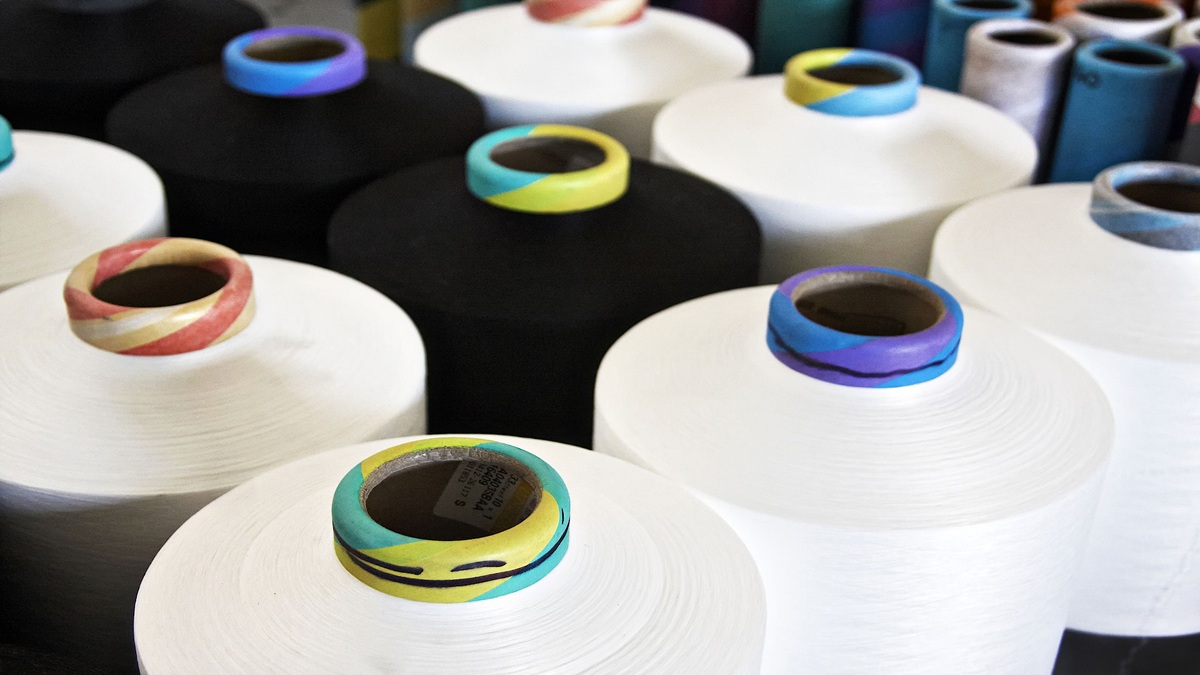The global textile industry landscape is undergoing a rapid transformation. Southeast Asia, with its unique cost advantages, policy support, and industrial upgrades, is emerging as a new supply chain hub. As international brands actively diversify their production bases, key countries like Vietnam and Indonesia are becoming hot spots for foreign and technological investment. This article will delve into the driving forces behind the rise of the Southeast Asian textile industry, analyze the current production status and investment trends of major countries, and examine the challenges and future development directions of the industry, helping businesses seize new opportunities in the restructuring of the global supply chain.
Key Drivers for Southeast Asia's Rise as a Textile Hub
Southeast Asia's emergence as a new global textile hub is primarily due to the combined effect of multiple advantageous factors. First, labor costs are competitive compared to China, attracting a large number of labor-intensive production transfers. Second, countries like Vietnam have signed various free trade agreements (such as CPTPP and EVFTA), reducing export tariffs and enhancing the competitiveness of their products in European and American markets. Additionally, infrastructure within the region continues to improve, and governments are actively developing industrial parks to promote the integration of upstream and downstream supply chains. Finally, the deepening concept of sustainable development is pushing the industry toward eco-friendly manufacturing and green supply chains, meeting the sustainability requirements of international brands.
Production Status and Investment Trends in Key Countries
As the textile leader in Southeast Asia, Vietnam is not only expanding its production capacity but also actively adopting smart manufacturing and eco-friendly technologies. According to the "2025 Vietnam Textile Industry Sustainable Development Goals" report, Vietnam's textile investments are focused on reducing energy consumption, enhancing resource recycling, and strengthening collaboration with international brands. A significant influx of foreign capital into advanced equipment and technology is driving industrial upgrading.
Indonesia, with its abundant natural fiber resources and large population, has become another key production base. However, the Indonesian textile industry faces challenges such as technological updates and a shortage of skilled labor. According to data from the Ministry of Economic Affairs International Trade Administration, the Indonesian government is promoting industrial modernization plans, strengthening training systems, and attracting foreign investment to accelerate supply chain integration and efficiency improvements. Other countries like Thailand and Cambodia also play crucial roles in the regional supply chain, gradually forming a multi-point supporting textile ecosystem in Southeast Asia.
Challenges Facing the Southeast Asian Textile Industry
Despite rapid growth, the Southeast Asian textile industry still encounters several challenges. First, labor costs are rising with economic development, which could erode price competitiveness. Second, the level of industrial technology and automation still has room for improvement, requiring enhanced talent cultivation and technology introduction. Additionally, as global sustainability standards become more stringent, companies must accelerate their eco-friendly transformations to meet market demands. Finally, increasing geopolitical and global supply chain risks pose a test to the industry's resilience.
Future Trends and Development Directions of the Industry
The future of the Southeast Asian textile industry will involve strengthening smart manufacturing and digital transformation to enhance production efficiency and quality control. At the same time, the construction of a sustainable supply chain is an inevitable trend, with companies actively promoting carbon reduction, energy savings, and resource recycling to align with global brands' green goals. Cross-border cooperation and regional economic integration will deepen, making supply chains more flexible and resilient. Furthermore, product structures will continue to diversify, focusing on high-value-added and innovative designs to boost market competitiveness.
Seizing Opportunities in the New Supply Chain Landscape
In the face of global supply chain restructuring, businesses should actively position themselves in the Southeast Asian market to leverage cost advantages and policy dividends. By investing in technological upgrades and talent development, they can enhance their industrial competitiveness. Concurrently, it is crucial to focus on sustainable development strategies to align with international market trends and flexibly respond to supply chain risks. Only by comprehensively upgrading business strategies can companies achieve stable growth amidst change and seize the initiative in the new global textile industry landscape.







.jpg)
.jpg)
.jpg)

.jpg)

點-m-90454917_m.jpg)
